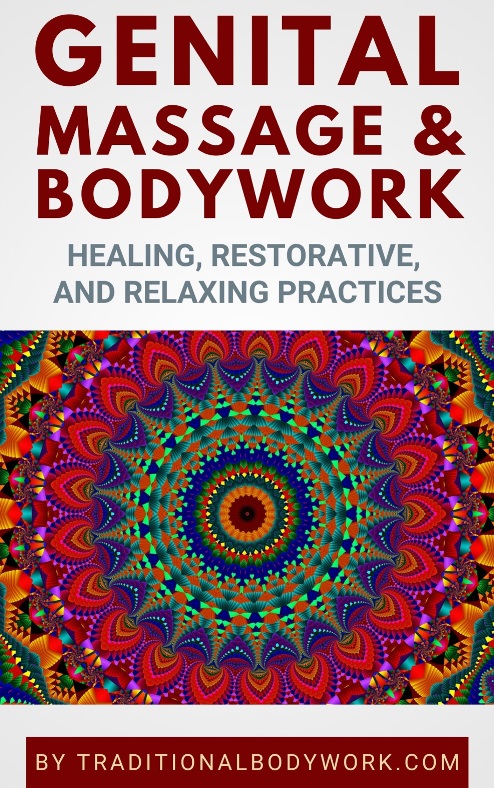
Addiction recovery is usually approached through therapy, support groups, and medications, with a focus on psychological and behavioral interventions. As the intense physical legacies of trauma and substance use are mostly neglected, there is a crucial doorway via trauma-informed bodywork for these physical imprints to be identified and addressed.
Bodywork facilitates deeper healing by treating the nervous system and somatically stored memories head-on. It is a technique that understands that the body remembers the tension, and letting go of it is the solution to long-term recovery. Here are three ways trauma-informed bodywork helps recovery.
1. Releasing Stored Trauma and Nervous System Dysregulation
Long-term trauma and substance use actually rewire the body’s stress response systems. The nervous system can get stuck in states of chronic fight-or-flight or numbness, even months after the initial threats or substance use have long since passed. These dysregulated states are seen physically through chronic muscle tension, pain, and digestive issues. Sleep disturbance and ongoing feeling of being unsafe in one’s own skin are also characteristic signs.
Trauma-sensitive bodywork practitioners know these physical patterns. By using noninvasive, gentle touch and somatic awareness methods, they help clients access and release deeply held tension and trapped survival energy step-by-step. Guided by the client’s feedback and capacity, this type of bodywork respects safety and agency. By providing a bridge towards a more regulated nervous system state (rest-and-digest), bodywork decreases the overwhelming physiological disturbance that would normally drive cravings and relapse.
2. Attending to the Body as a Relational Site and Rebuilding Safety
Addiction and trauma tend to damage one’s relationship with their own body. The body may become a source of pain, betrayal, shame, or simply a vessel that must be numbed. Disconnecting from bodily feelings (interoception) is often involved.
Trauma-informed bodywork can slowly repair the broken bond between body and self. Practitioners establish a safe, predictable environment with no judgment. They also communicate openly and obtain consent at all times, which empowers the client to lead the session.
This respectful process allows clients to reconnect with body sensations gradually without being overwhelmed. Rebuilding somatic trust allows the shame and disconnection stored in the body to be extricated. It establishes a basis of self-compassion and the feeling of safety.
This enables you to achieve deeper emotional healing and productive recovery. In the trauma-informed environment, the therapeutic relationship enhances boundaries and attunement. All these aspects assist in mending relational trauma and assist in the recovery via somatic connection.
3. Integrating Somatic Release with Emotional Recovery and Processing
Effective interventions are a powerful recovery stimulus that breaks down denial and establishes accountability. However, the psychological and physiologic price of addiction far too often remains in place long after the intervention itself has ended. For the addict, real healing starts after the intervention, when they face the emotional weight of change and the tension accrued in their body through years of dependency.
This is where the trauma-informed bodywork comes into play. It helps eliminate physical traces of trauma such as persistent tension and a nervous system imbalance. Somatic practices work to keep emotions in check, restore self-awareness, and develop strength.
Techniques like breathwork, therapeutic touch, and movement provide efficient tools toward recovery. They assist in emotional control, decrease cravings, and assist individuals to be centered in their healing. When combined with a thoughtfully designed intervention, somatic work establishes a sustainable framework–one initiates the process, while the other sustains it, transforming intention into lasting healing.
Endnote
Trauma-informed bodywork is not the cure but a crucial part of addiction recovery. It assists in letting go of traumas held in the body, rebuilds a sense of bodily safety, and contributes to emotional healing. This somatically centered therapy diminishes the physiological motivation of addiction. It gives people the strength to rediscover themselves and a sense of ownership in their journey towards long-term stability.


















